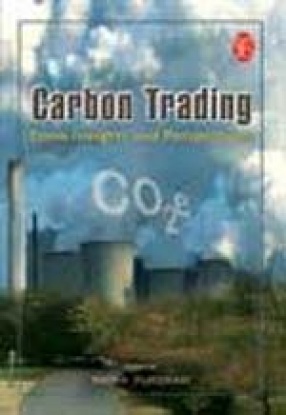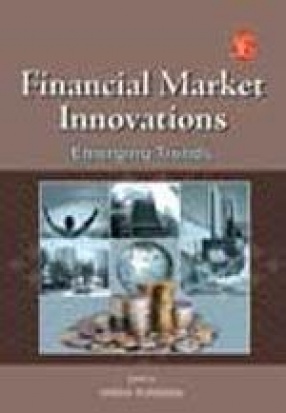Carbon trading, which is a market-based approach designed to address the climate change concern, has led to the development of international carbon markets. ‘Carbon’ or “CO2†has received an identity makeover, from a mere greenhouse gas – polluting environment to a new asset class for investors and speculators. International carbon markets are the world’s fastest growing markets, and have strongly emerged as a reliable tool for curbing greenhouse gas emissions. The international market in carbon credits has evolved to cover various trading schemes, and has facilitated achievement of annual emission reduction targets of annex-I countries. The annex-II countries have been benefited by increased foreign investments, technology and knowledge transfers. Beyond the regulated carbon markets, developed under the aegis of the Kyoto Protocol, voluntary carbon markets have gained a strong foothold in the international set-up. Voluntary carbon markets have emerged as critical support for regulated markets and have contributed significantly in securing the successful existence of the market-based approach for mitigating climate change. Carbon trading has come far, but it has a long way to go. The carbon markets, voluntary or regulated, have facilitated trading of allowances and other carbon instruments, and thus, have infused liquidity and depth in trading carbon instruments. But these markets have emerged in a very fragmented manner. Moreover, these markets currently lack inter-linkages and face other issues like volatility and disparity in prices of carbon instruments.
Carbon Trading: Some Insights and Perspectives
In stock
Free & Quick Delivery Worldwide
Bibliographic information
Title
Carbon Trading: Some Insights and Perspectives
Author
Edition
1st ed.
Publisher
ISBN
9788131427088
Length
296p.
Subjects







There are no reviews yet.